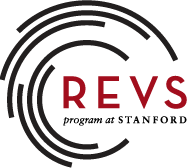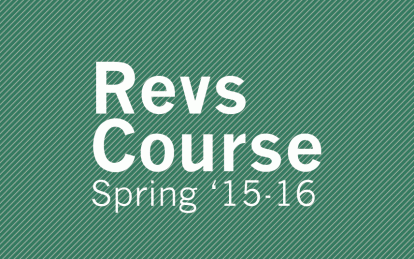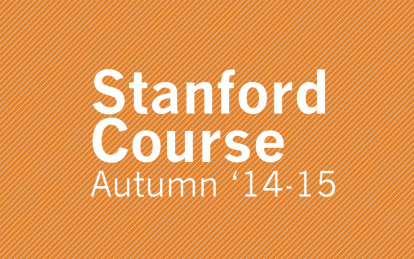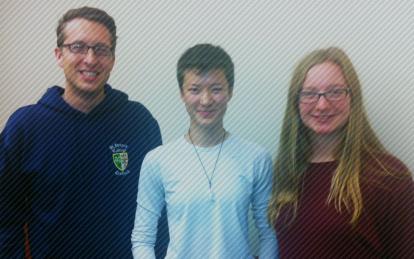This quarter in Urban Studies 167: The Automobile, the City and the New Mobilities, we continue to grapple with questions central to the future of the automobile-city relationship.
Looking backward historically, we’ve looked at the fallacy of the most common wisdom about the automobile’s effect on urban development – that the car destroyed the city by congesting it, polluting it, and then abandoning it in favor of the cultural wasteland of mass suburbia. In fact, I would argue, the automobile was a technology appropriate to its historical moment that helped to usher in an expanded conception of the city as a vast, rich, interconnected metropolitan region composed of both dense, fast-paced downtowns and quieter, more comfortable suburbs that are, on the whole, neither snobbish, culturally backward, nor economically parasitic.
What those suburbs are, however, is unsustainable. Increasingly, it is becoming obvious – in this age of worrying about climate change and energy efficiency – that the suburbs are, per capita, great wasters of energy and, by every measure, much less green than dense cities. As a result, we now see city planners moving toward increased densification of the central urban core – creating walkable, bikeable, mixed-use cities served by all forms of mass transit so that people can live, work, and play without the burden of the daily commute.
This is not everyone’s cup of tea, of course. Many people today – including many of those who are confortable working and socializing online in “the space of electronic flows” – prefer the spaciousness of the suburbs, and that raises an important question: Not how can we make cities greener? But how can we make suburbs greener? How can we make them more walkable, bikeable and less dependent on cars for recreation, socializing, and everyday errands?
And while that question hangs there, another reality is unfolding before our very eyes, in the San Francisco Bay Area and metropolitan regions throughout the world as the 21st century begins to unfold: Central cities are becoming denser, more mixed-use in their accommodation of both housing and jobs, and more reliant on buses, trolleys, subways as the old 20th-century “monoculture of the automobile” gives way to a new historical moment and to a wide multi-modal range of new urban mobility options.
That’s the “looking forward” challenge of Urban Studies 167 – a whole series of “looking forward” questions, really, about how new approaches to urban mobility are working (or not) in cities today and how they could work in the cities of the future.
This is where our Urban Studies 167 students come in, and this year, three of them are planning to pursue exciting follow-up projects working with and analyzing new, cutting-edge projects related to urban transportation.

Urban Studies students Douglas Sharp, Sara Mauer and Hailey Clonts.
Sophomore Civil and Environmental Engineering major Hailey Clonts will spend the summer working on the Crossrail project in Greater London. She is no newcomer to the project – she worked on Crossrail in the Whitechapel district last summer, and she likes to point out that it is “the biggest engineering project in Europe at the moment” and that it will shorten trips that on the London Underground would take an hour to a mere 35 minutes. “Personally,” she says, “I think it’s a great project that will really improve the connectivity through London. However, since the public transport in London is already so great, I think someone should start developing the non-existent public transport in most American cities and suburbs, where ridership averages only about 7 or 8 percent.”
Sophomore Urban Studies major Sara Mauer is a dedicated bike rider. She has applied for one of the Urban Studies Fellowships that provide grants for students who wish to work with nonprofit organizations that are addressing urgent urban needs. In Sara’s case, the organization is Smarter Than Car, a group that encourages increased bicycle use. “If I get the Fellowship,” says Sara, “I will be living in Vienna for two months researching the city’s public bike-share program. My goal is to find out how accessible the program is for low-income and immigrant communities because a current problem with U.S. bike-share programs, like the ones in San Francisco and New York, is that they’re used almost exclusively by the well-off and well-educated. I’ll try to find out such programs can better serve diverse communities.”
Finally, Law School student Douglas Sharp, an avid car enthusiast, will spent part of Spring Quarter exploring the Bus Rapid Transit (BRT) concept pioneered in cities in Latin America and Asia, to learn what those projects can teach us about improving San Francisco’s ever-troubled MUNI system. Supported by a Revs grant, Doug will travel to Bogota in March to conduct first-hand research via interviews with local transportation planners and government officials. “I’m hoping,” Says Doug, “to come up with some specific recommendations on how MUNI could improve its efficiency with BRT-style modular enhancements of its current system, rather than longer-range schemes like converting Geary Boulevard, all the way from downtown to Ocean Beach, to a BRT corridor.”
It is projects like these in London, Vienna, and Bogota that will help to frame the urban transportation future, a future where automobiles will have to evolve and find a new relevance as they compete with a whole range of mobility options.
It is students like these who will lead the way. And why not? The city of the 21st-century future is, after all, where they will spend the rest of their lives.
End





